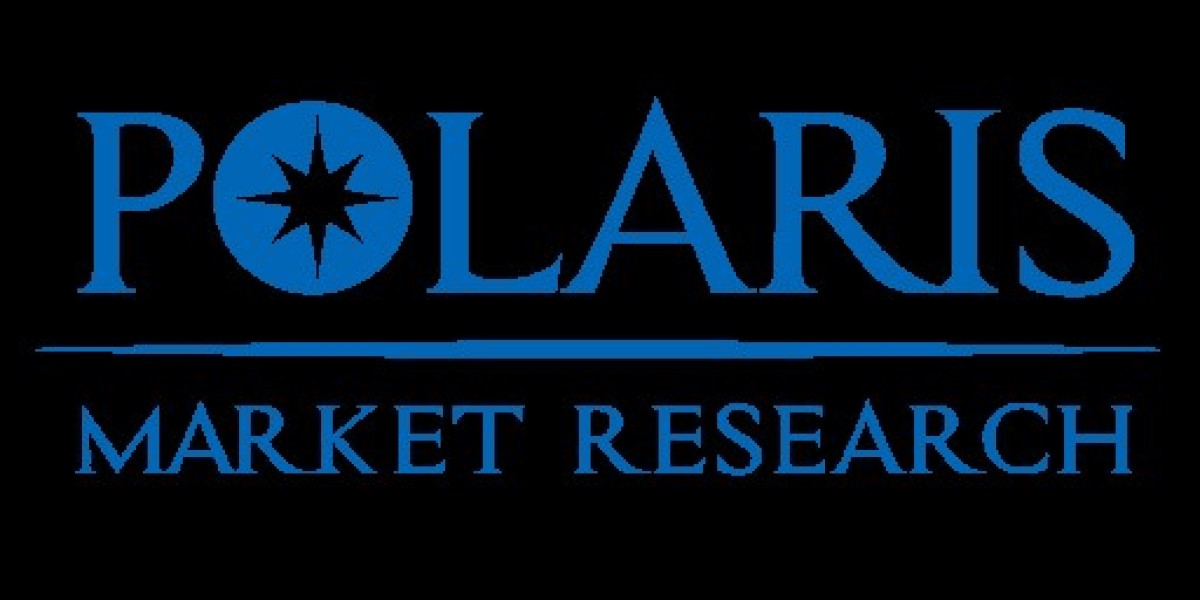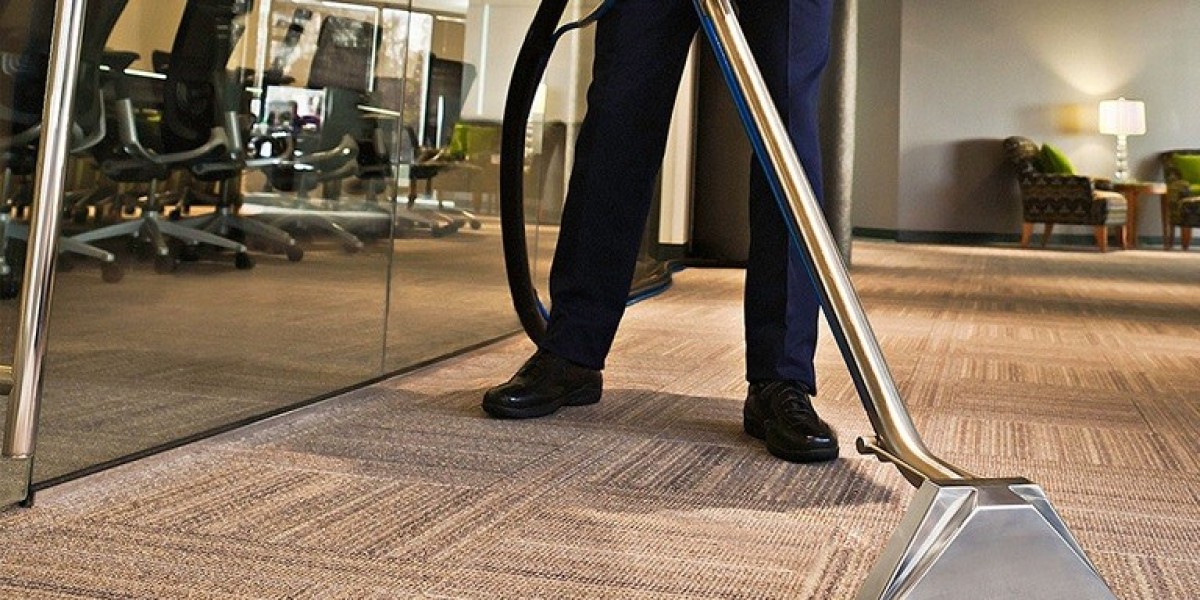The global busbar trunking market, valued at USD 6.73 billion in 2024, is expected to grow at a CAGR of 6.5% from 2025 to 2034. This growth is being shaped by a combination of national policy impact, innovation-driven R&D leadership, and aggressive strategic positioning by leading global players. As countries ramp up investments in infrastructure, digital transformation, and clean energy, the demand for efficient and modular electrical distribution systems is intensifying. Key countries such as the United States, China, and Germany are emerging as central growth engines, each contributing distinct market dynamics through local manufacturing ecosystems, regulatory frameworks, and technological advancements.
The United States remains a critical market, with its strong industrial base and ongoing investments in grid modernization driving demand for advanced busbar trunking solutions. The Inflation Reduction Act (IRA) has catalyzed a surge in domestic manufacturing, particularly in the clean energy and semiconductor sectors, both of which rely heavily on high-capacity electrical distribution systems. American companies are leveraging domestic R&D leadership to develop next-generation busbar systems that integrate with smart grid technologies and support decentralized energy models. Strategic positioning by firms such as Eaton and Hubbell has allowed them to maintain a strong foothold, particularly in the industrial and commercial segments.
China, the largest market in Asia Pacific, continues to dominate in terms of both production and consumption. The country’s expansive industrial sector, coupled with government-backed smart city and infrastructure development programs, is fueling demand for compact and scalable electrical systems. Chinese manufacturers have made significant strides in cost optimization and local supply chain integration, enabling them to offer competitive pricing without compromising on performance. Moreover, the country’s leadership in renewable energy installations—particularly solar and wind—has created a robust downstream demand for busbar trunking systems that can handle high current loads and support grid stability. Companies like C&S Electric and local subsidiaries of global players are capitalizing on this trend by expanding their manufacturing capacities and investing in automation.
Read More @ https://www.polarismarketresearch.com/industry-analysis/busbar-trunking-market
Germany stands out in Europe for its advanced engineering capabilities and strong policy support for energy efficiency. The country’s commitment to the Energiewende (energy transition) has led to increased adoption of busbar systems in renewable energy plants, industrial automation, and electric vehicle charging infrastructure. German firms such as Siemens and Legrand are at the forefront of R&D leadership, developing intelligent and modular busbar solutions that integrate seamlessly with Industry 4.0 technologies. The national policy impact is also evident in the form of subsidies and tax incentives for energy-efficient infrastructure, which are encouraging end-users to upgrade their electrical distribution systems.
Market share concentration in the global busbar trunking industry remains high, with a few multinational players dominating the landscape. These companies are not only investing in local manufacturing bases but also pursuing strategic mergers, acquisitions, and partnerships to strengthen their global footprint. Their ability to combine technological innovation with adaptive market strategies is enabling them to maintain a competitive edge in high-growth regions. Additionally, the presence of innovation hubs in these leading countries is facilitating rapid product development cycles and fostering collaboration between academia, industry, and government.
Strategic positioning is increasingly being defined by a company’s ability to align with national energy policies, leverage local R&D ecosystems, and scale manufacturing operations efficiently. As global demand for smarter and more resilient electrical infrastructure continues to rise, the role of key countries and dominant players will become even more pronounced in shaping the future of the busbar trunking market.
- ABB Ltd.
- Siemens AG
- Schneider Electric SE
- Eaton Corporation plc
- Legrand SA
- Mitsubishi Electric Corporation
- C&S Electric Limited
- Hubbell Incorporated
More Trending Latest Reports By Polaris Market Research:
Anorectal Manometry Systems Market
Pneumatic Conveying Systems Market
Attention Deficit Hyperactivity Disorder Market







